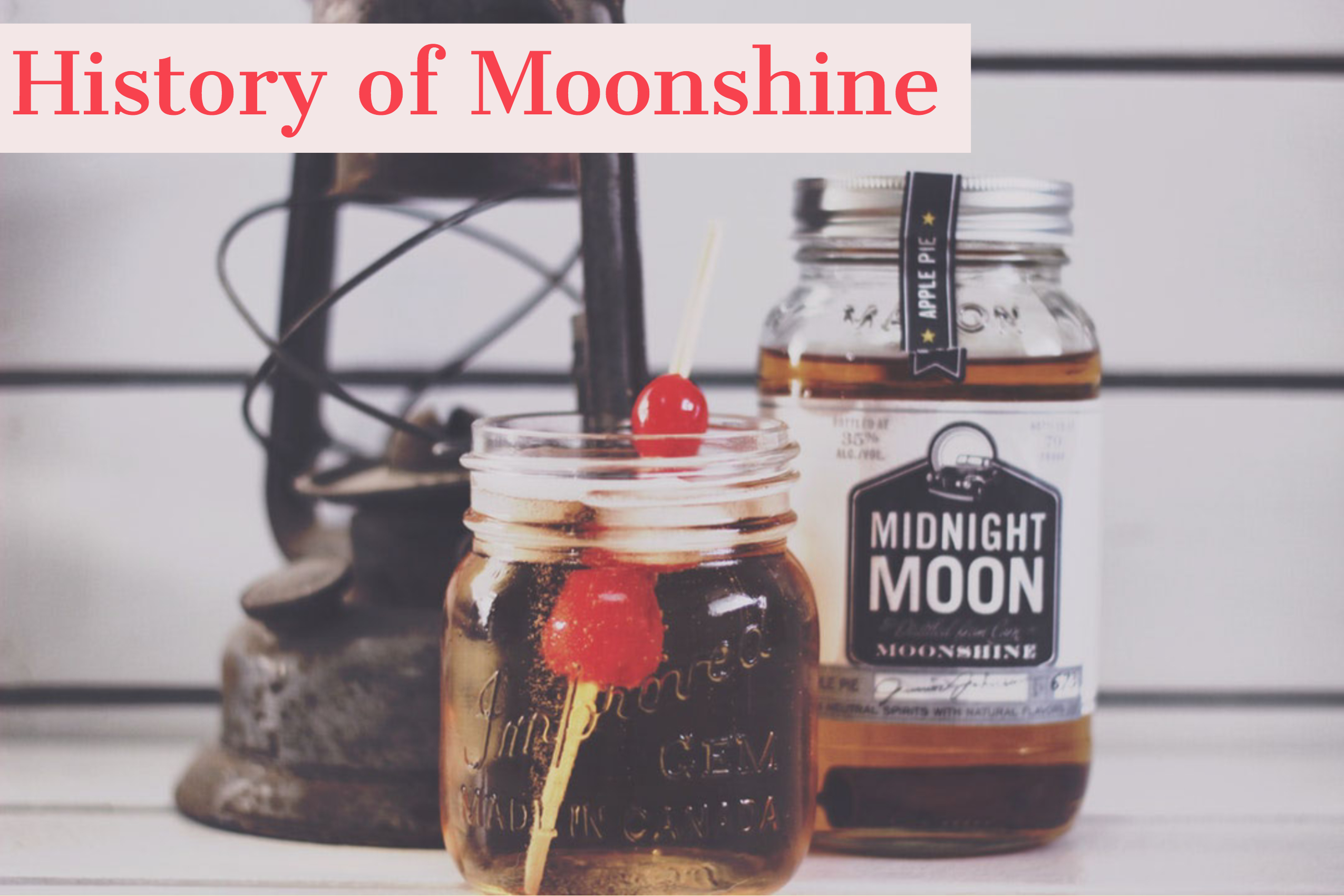Moonshine, a popular Southern drink of spirits with an extremely high alcohol content, became well known in the South during the 1920’s prohibition. The interesting thing was it wasn’t actually illegal to drink alcohol during this time.
The 18th Amendment only forbade the “manufacture, sale and transportation of intoxicating liquors.” So people could drink alcohol, they just legally could not sell it. It isn’t totally clear why the bill was structured this way.
One reason may be because one of the arguments for prohibition was to allocate all grains to feeding the country during World War I, so the main goal was to preserve resources. Moreover, it was up to local law enforcement to, well… enforce the law. Which some states, such as Maine, outright refused to participate in.
Regardless of what state you resided in, it was likely you could still easily purchase moonshine via bootleggers. What is moonshine then?
Moonshine is also referred to as white lighting, mash, hooch, and a few other nicknames. When illegal, it was traditionally made at night (under the light of the moon) when most people were sleeping.
Technically moonshine is any illegally produced alcohol produced. However, this term has been adjusted a bit for marketing purposes since it has been legal since 2010 to sell moonshine in liquor stores.
Moonshine can be made from a variety of liquors. Unlike whiskey that can only be produced from grains and aged in an oak barrel, moonshine doesn’t have the same requirements. Typically, it’s made from a white whiskey or rum and is clear.
What made it moonshine back in the day, is simply the fact that taxes weren’t being paid on the alcohol. If you live by that philosophy, bottles that can now be bought at the liquor stores aren’t authentic moonshine. But, it’s still enjoyable when enjoyed in moderation.
